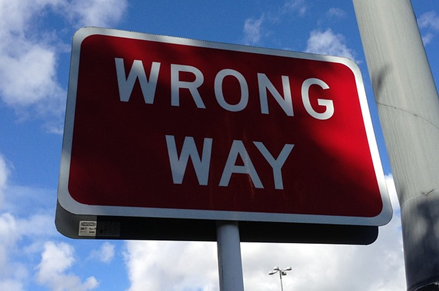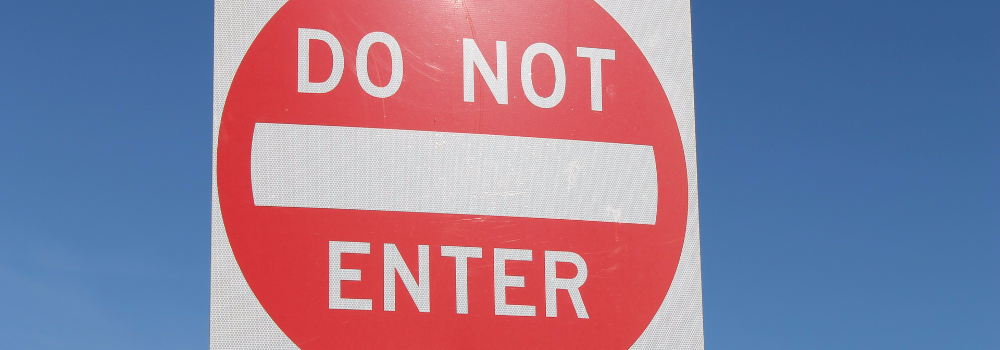When you see road signs, you probably do not give them much thought. You know what the signs mean and what to do when you see them. But what if you don’t see them?
Several studies have been conducted recently on the effectiveness of different types and placements of road signs. The key question this research is trying to answer is this: How do we best communicate the rules of the road to drivers in order to minimize traffic accidents and fatalities?
Among the most dangerous of traffic accidents are those resulting from wrong-way driving. Wrong-way driving is the term used to describe driving against the flow of traffic, specifically on freeways, expressways, interstate highways, and their access ramps. Although wrong-way driving crashes only make up about 3 percent of crashes on these types of roads, these accidents have a higher likelihood of resulting in fatalities and serious injuries. They should also, in theory, be among the most preventable of traffic accidents with the use of effective countermeasures.
In terms of road signage, the most commonly used is a combination of “DO NOT ENTER” signs with “WRONG WAY” signs, where one of the signs sits just above the other. The most common location for these signs is exit ramps, although they are also used at frontage roads and on divided highways as well. States have adopted several methods of increasing the visibility of these signs. The most widely used methods are adding a second identical sign to the left-hand side of the roadway, increasing the size of the signs, and adding a retro-reflective material to the sign support. Some states have also begun the practice of angling signs toward intended users rather than always having the signs be perpendicular to the roadway.

Most states also use various forms of pavement markings, such as the wrong-way arrow, to indicate the proper flow of traffic to drivers. Studies have shown that pavement markings are more effective at getting a driver’s attention when the markings are designated by red retro-reflective raised pavement markers.
Other considerations when it comes to warning drivers of wrong-way driving are traffic signals, geometric modifications to interchange configurations, and ITS (information technology services) such as wrong-way driving detection, warnings via in-pavement cautionary lights, and flashing wrong-way signs.
Sometimes wrong-way driving is a careless mistake on the part of an inattentive driver. Other times, however, wrong-way driving can result from inadequate or confusing road signage. This can lead to serious traffic accidents that could have been prevented if the appropriate wrong-way driving countermeasures had been in place. With the implementation of effective countermeasures and vigilant drivers who obey the rules of the road, wrong-way driving has the potential to decrease significantly, resulting in the loss of less lives.






